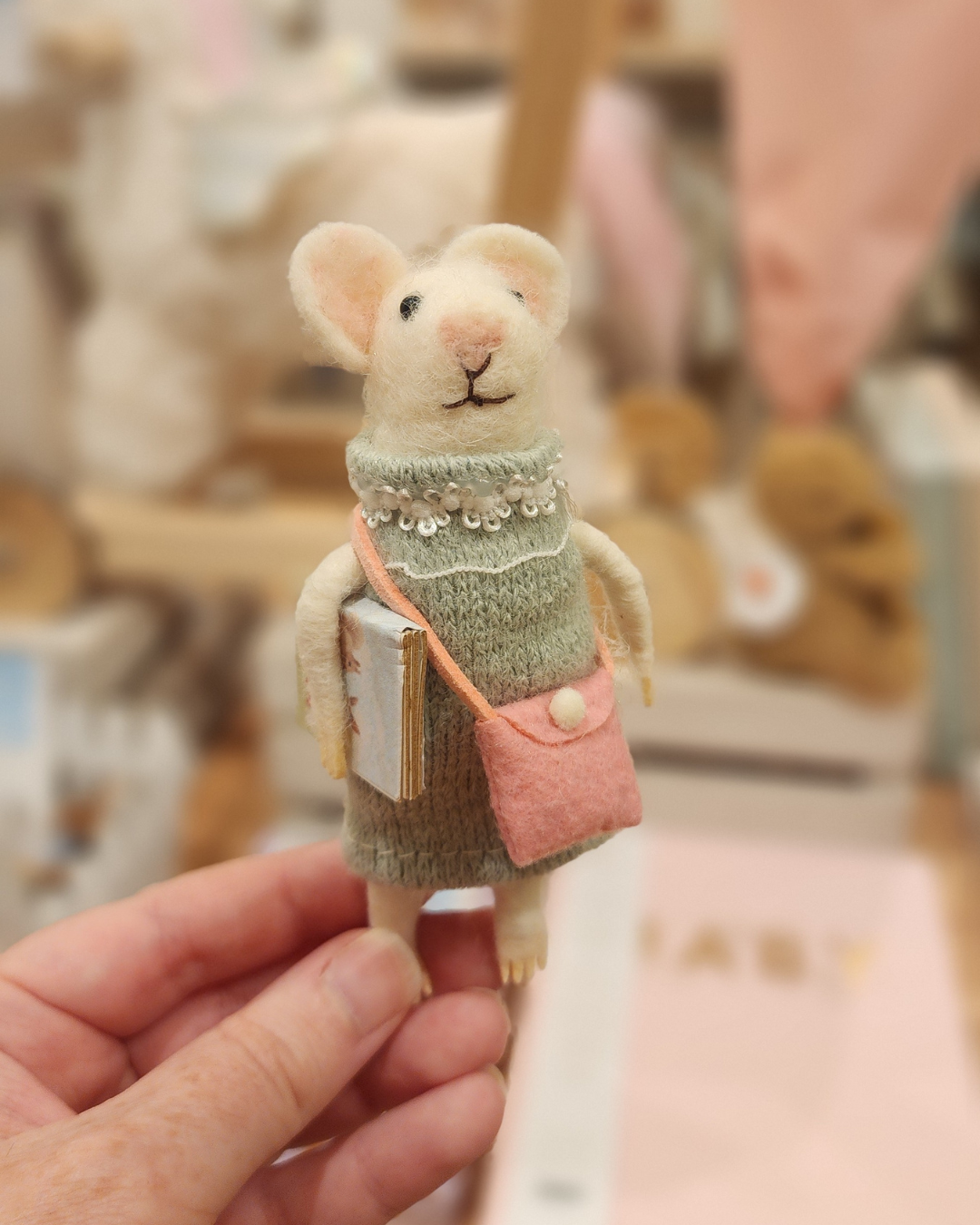Understanding the benefits and risks of water birth.
An interview with Shoalhaven Hospital midwife Jenny Greed
In Australia, we’re fortunate to have a range of birthing options available to most of us. But while choice is empowering, it can also be overwhelming, especially if you’re considering a water birth. There’s lots of information, as well as misinformation available all over the internet.
As a mother who is fortunate to have had the opportunity to experience water birth, I know what an incredible experience it can be. I also know it’s important to understand the risks and benefits of water birth, so I’ve enlisted the help of Jenny Greed, a registered nurse and midwife.
Jenny has been a practicing midwifery for over 35 years, originally in Newcastle, then Canberra and now at Shoalhaven District Memorial Hospital.
Her approach is to support women in whatever birthing choice they make. As a midwife and mother of four, she knows that birth can be both empowering and frightening; a time when women are at their most vulnerable and in need of genuine care.
Jenny is a warm, kind and extraordinarily knowledgeable midwife, and she is passionate about helping women understand the benefits of water birth.
Jenny, what birthing options are available for pregnant women in Australia?
Most Australian women have a range of options available to them to choose from depending on their preference and as indicated by any risk factors.
They can choose between their local public health facility where they can access care through an antenatal clinic, often run by midwives, or a combination of midwifery and doctor-led care.
Another option is a midwifery group practice (MGP), a care model where a woman is cared for by a known midwife throughout the pregnancy.
If someone has private health insurance, they may choose to attend a private hospital with an obstetrician of their choice.
A further option is to engage the services of a privately practicing midwife and birth at home.
Depending on where a woman lives and how her pregnancy is going, she may choose a combination of these service options.
What is water birth and how does it differ from water immersion?
The term ‘water Immersion’ refers to the use of water throughout labour and birth. This can include using the shower or bath at home early in your labour perhaps using the shower, using a shower or bath at hospital during first or second stages of labour. It can even include going for a swim.
‘water birth’ tends to be used as a general term but the specific meaning of it refers to the actual birth of a baby into water.
Why do some women choose to have water births and what are the benefits?
The use of water in labour and birth extends back thousands of years and has been used by women of many cultures, from the Black sea to the Pacific Ocean. Water has been used by our own Indigenous culture, within Russia and across many parts of Europe.
The power of water includes comfort, buoyancy, a sense of wellbeing, a sense of solitude. For many women, water offers spiritual connection during this vulnerable time.
Water can encourage women to feel a sense of freedom and control. The buoyancy it provides can relieve joint pressure. Women I’ve worked with say water has allowed them to move more freely and ease pain and discomfort. They say they have felt enveloped by the water’s warmth and that it has helped them centre themselves and connect with their own mind and body.
What do women considering a water birth need to be mindful of?
If a woman chooses to birth within their local public health facility, they need to be aware of any policies and guidelines that may restrict their access to the use of water immersion in labour and birth.
These policies can apply on an individual level based on any pre-existing conditions during pregnancy or developments during labour, such as meconium, the need for monitoring or other concerns for the baby’s wellbeing.
Local facilities vary in their support of water immersion and water birth so access may also depend on the level of staff experience and even the lack of suitable baths.
What are some water birth myths?
It’s astounding that some people still consider water births to be wacky or abnormal. The truth is that water birth is totally normal; you birth the same way in water as you do on land.
Some are concerned that the baby will drown, or inhale water. Yet, babies have protective mechanisms that stop them from inhaling like we do; they’re born with what’s called the ‘dive reflex’. This means their epiglottis is closed until they sense changes in their environment that prompts them to take their first breath.
This new environment initially causes stress for a baby but a warm water environment is familiar to the baby and therefore calming.
Another myth is that water births are inherently dangerous. As long as we’re dealing with a normal baby, with a mother who hasn’t had any risks identified, then the risk is very low.
Who are water births ideally suited to?
Water birth is best suited to women who are well and experiencing a normal pregnancy and birth.
There are some conditions that may preclude women from birthing in the water itself but most of these do not mean a woman can’t practice water immersion and labour in the water of a bath or shower. Many babies are born while mum is in the shower!
We also can make use of warm water compresses on the perineal area during the second stage – the pushing part – of labour and birth.
Why is there so much stigma associated with water births and how can this be overcome?
I am not sure if it’s stigma, fear, lack of education or, for some health practitioners, a sense of lack of control.
How can we overcome it? Through education, information, sharing positive experiences and normalising water immersion and water births as a natural and supportive process.
How do water births affect pain during labour?
Many women seek out water for its warmth and the feeling of weightlessness it provides. We all understand what it’s like to be able to move more freely on water than on land.
Often, women using water find that their need for medical analgesia, the technical term for pain relief including morphine and epidurals, is reduced.
You can still use nitrous oxide in the bath or shower.
Anecdotally, women who use water during labour and birth find it very effective at reducing pain. But, like all pain, this varies from individual to individual.
Do women having water births have reduced instances of perineal tears?
There is limited research on this subject and it is a complex topic as the likelihood of perineal tearing is influenced by many factors, including the mum’s own physicality and the size and position of the baby.
What research we do have doesn’t prove that birthing in water prevents perineal trauma. Yet, anecdotally, we see less severe perineal damage when water is used. This includes the use of perineal warm water compresses.
In your experience, how have women felt about their water birth afterwards?
The vast majority of feedback we receive is incredibly positive. But this doesn’t mean that those who choose to give birth on dry land don’t have similarly positive experiences.
I want to emphasise that birthing satisfaction and trauma has many influences and perspectives.
Where do you recommend women interested in water births go for more information?
First and foremost, your midwife is a fabulous source of well informed and research-based information. Your midwife can also let you know about local facilities, including their policies and options for the use of water during birthing.
When doing your own research, I recommend the resources provided by Barbara Harper’s water birth International.
Thank you, Jenny, for your wealth of information.

No matter how a baby is born, they deserve the best, so take some time today to explore the most beautiful baby shop you ever did see.
Note that these views represent Jenny Greed’s personal experience as a midwife, and they are not the views of NSW Health nor are they endorsed by NSW Health.
~ Kate xx

